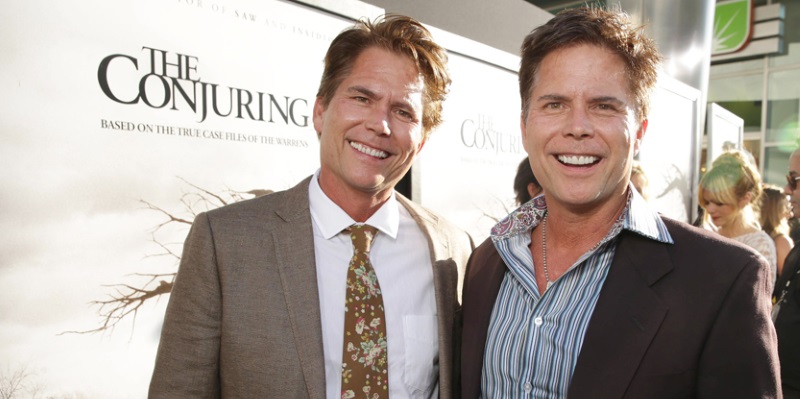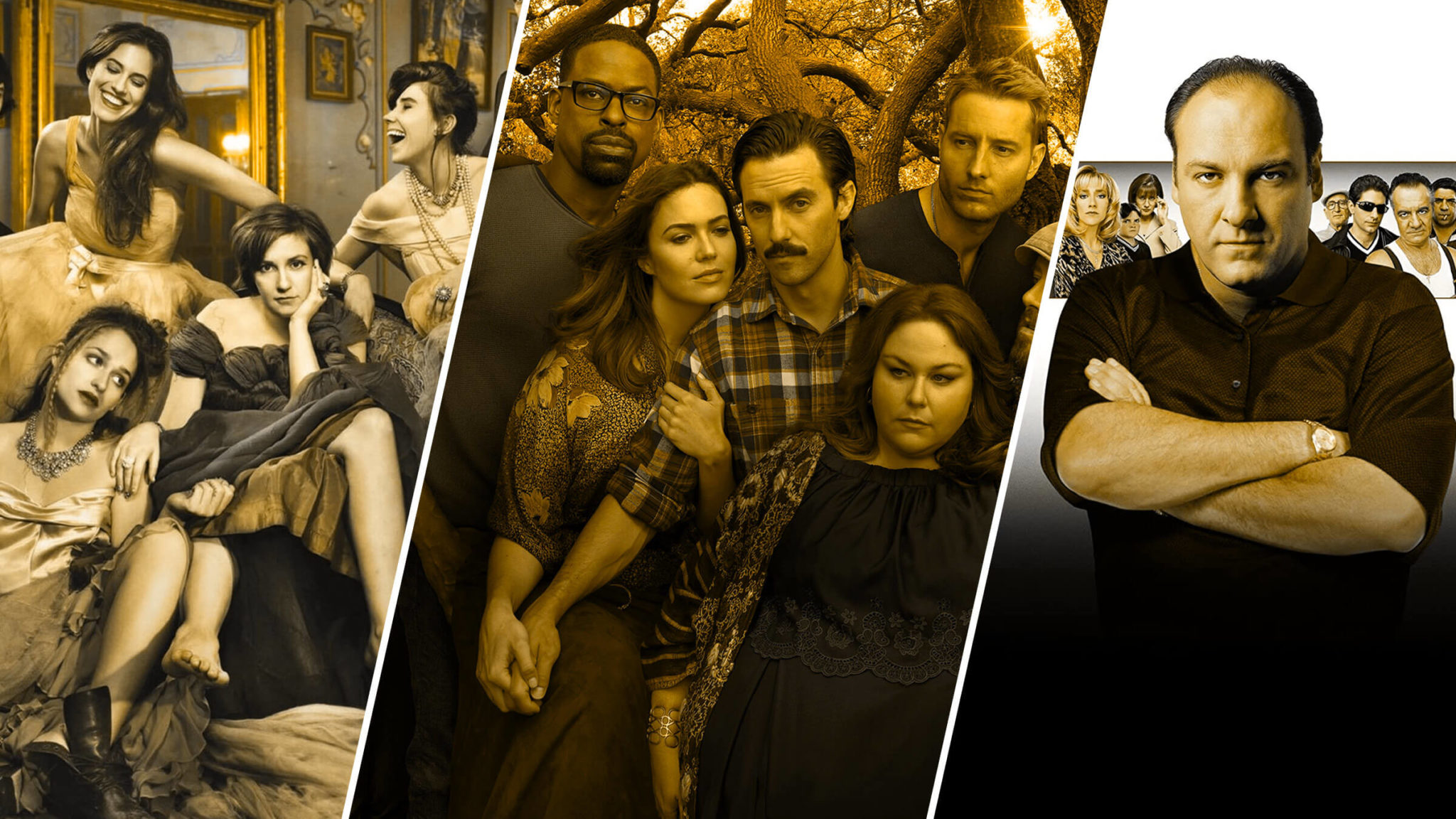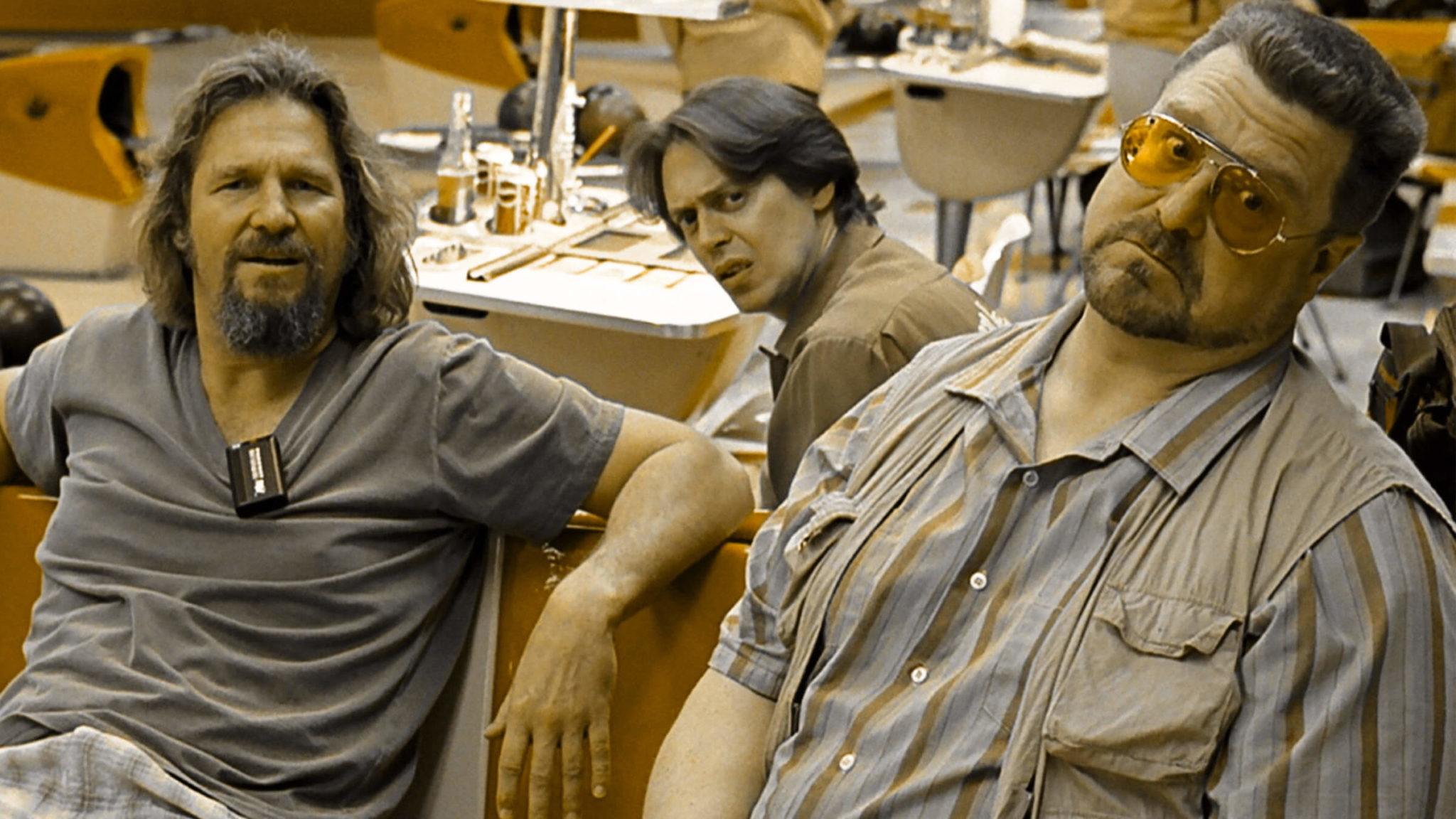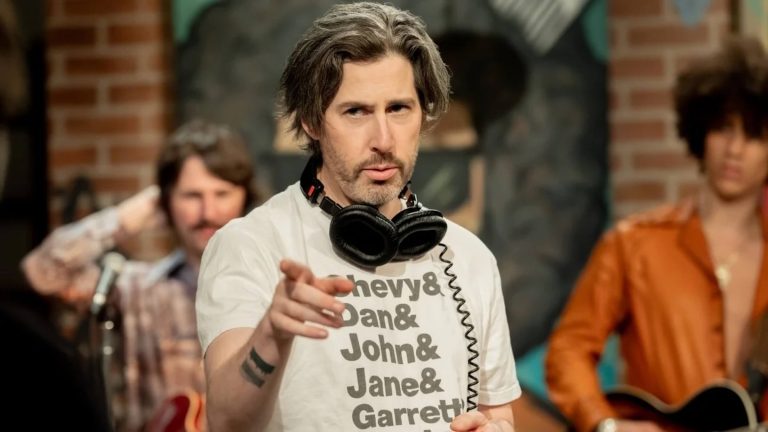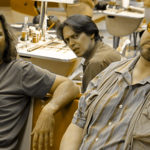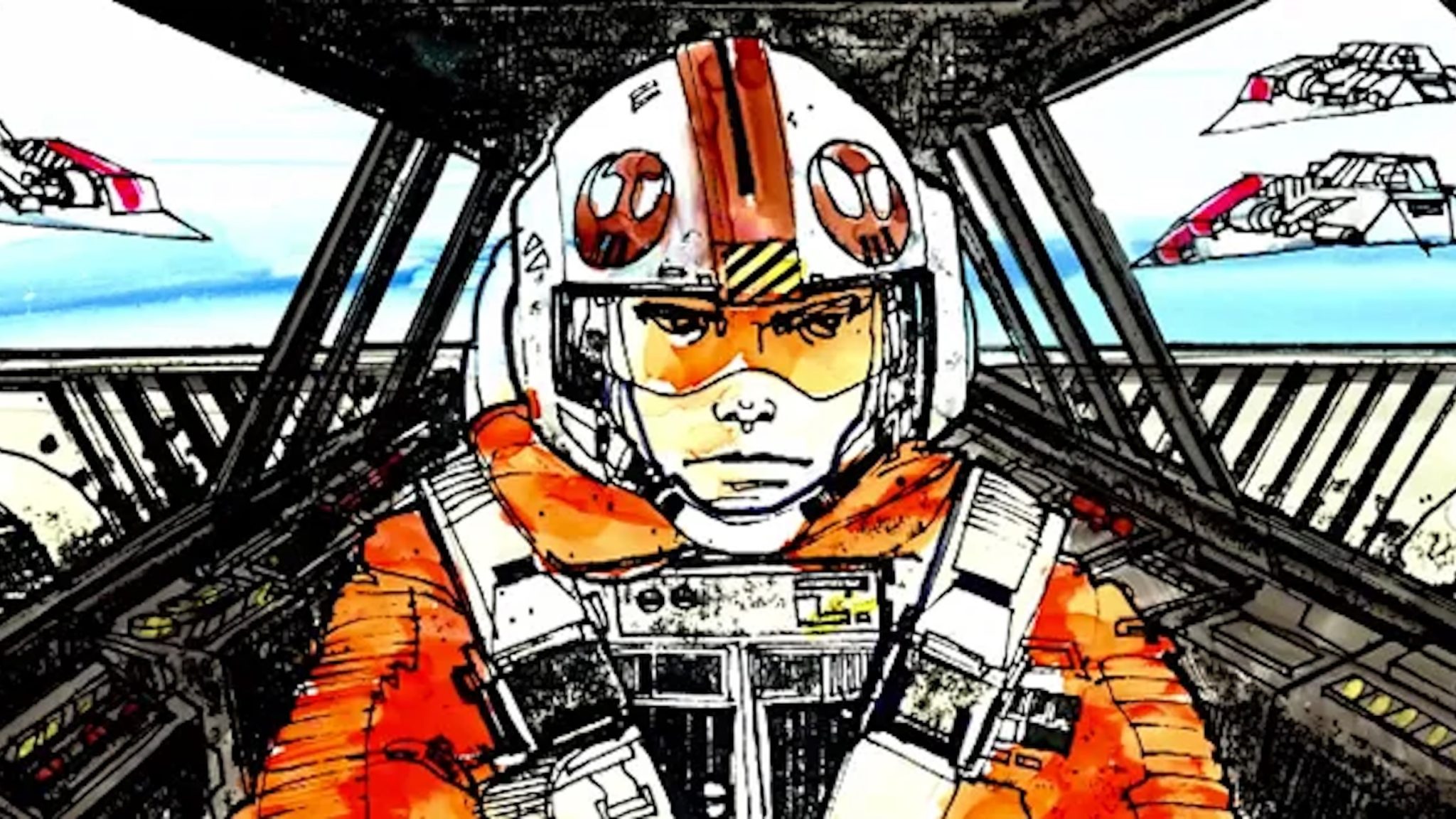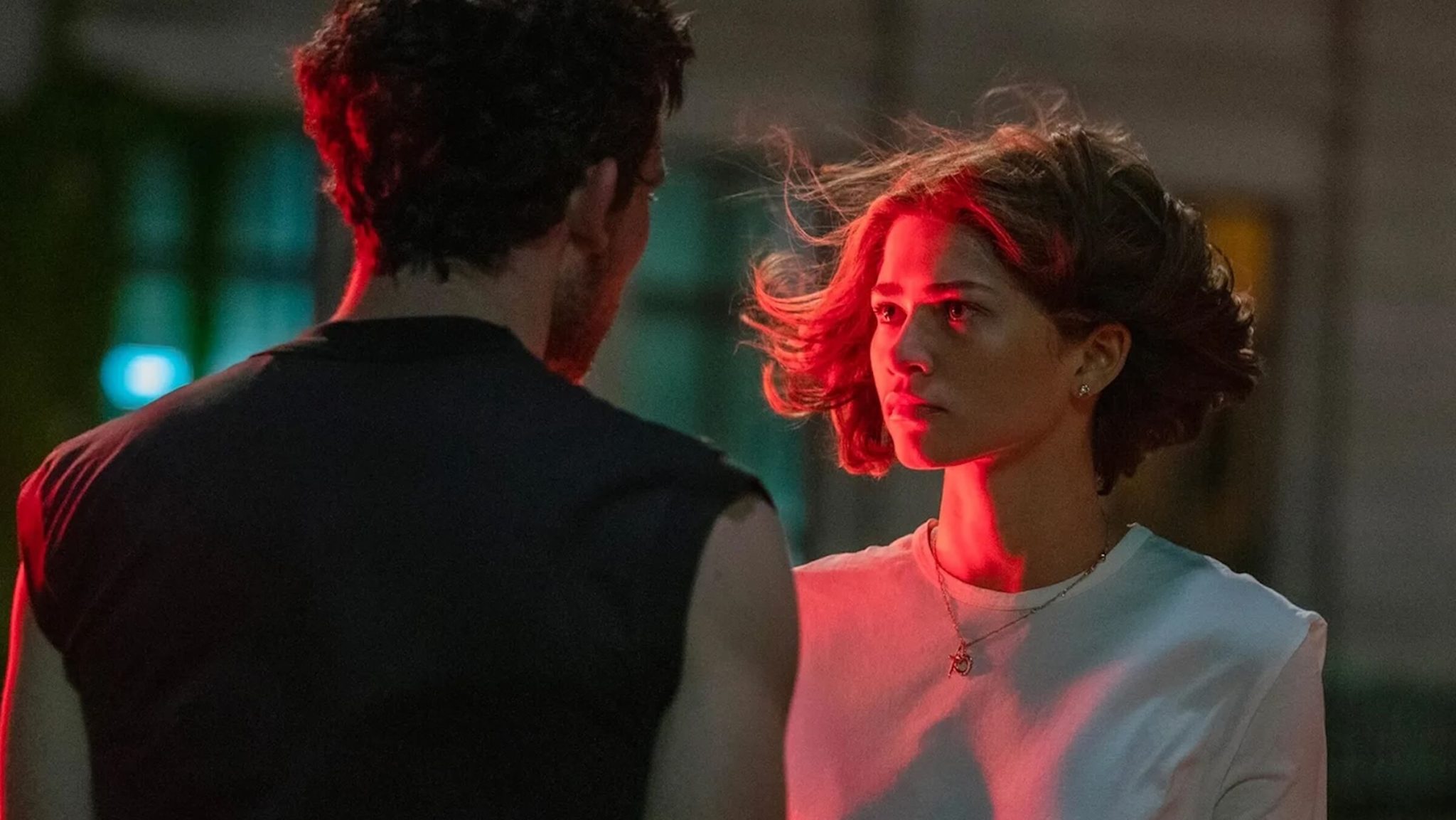3 Intriguing Ways Hollywood Screenwriting Duos Collaborate

Collaboration with producers, directors, studio executives and representation is one thing. Writing as a screenwriting duo is a whole different beast. At the Nashville Writers Conference, five of Hollywood's elite genre screenwriters participated in a panel in front of a full theater of up-and-coming screenwriters and filmmakers.
Brothers Chad and Carey Hayes are the talented writers behind The Conjuring franchise and have just signed to write a film for Steven Spielberg. They're two of the go-to genre screenwriters in Hollywood and have also written uncredited Hollywood hits.
Phil Hay and Matt Manfredi (Matt was not present at the panel) are some of the industry's most versatile screenwriters, having written in multiple genres including comedy, drama, action, and science fiction. They are the writers behind Crazy/Beautiful, Bug, Clash of the Titans, Aeon Flux, R.I.P.D. , and their recent indie release The Invitation.
While the panel focused on genre screenwriting, Phil, Chad, and Carey shared some interesting nuggets of wisdom focused on writing with partners.
The question for most screenwriters regarding co-writing a script has always risen questions like:
"How do two people share the same vision?"
"What happens if you aren't on the same page (pun intended)?"
"Who writes what?"
Between the three of them, they shared these three processes.
1. Rocket Draft
All agreed that the key to co-writing a script was to not write in sequence. It's an interesting concept as most sole screenwriters are used to writing from beginning, middle, to end. For their rocket draft — their first draft — they write the sequences and scenes that they already have developed in their heads. The connecting moments between those key scenes are left for after the rocket draft. This allows the writers to get what usually are the most critical sequences and scenes in the story onto "paper." This then allows them to later focus on the unknowns through their collaborative process of discussion, maybe some anger, perhaps some verbal fighting, etc. — all of which leads to cinematic magic most of the time.
2. Act Assignments and Flips
Carey and Chad explained their process simply. Depending upon the project, one of them will take on the first act while the other writes the second — this obviously takes place after hours upon hours of discussion and development. They then write the third act together, because the third act is the most difficult because it's the most important. It's hard to offer audiences a great pay-off these days. An element that the whole panel discussed in detail, which included Die Hard and The Fugitive screenwriter Jeb Stuart and Godzilla screenwriter Max Borenstein.
Then, they share each singular act that they've written on their own, discuss, share notes, maybe argue, debate, and then they swap acts for the first rewrite. The writer of the first act will now take the second act on after notes and discussions have been shared. The writer of the second act will now take on the first in the same manner.
This process is obviously based on necessary trust that each will have the other's back, while at the same time defending their own choices and pointing out the possible flaws in the other's.
3. The NFL Draft Process
It was Phil who shared this process that he and his writing partner have used through their whole career, to which Carey and Chad showed expressed interest and intrigue, stating to each other in front of the whole audience, "We need to try that."
The process is fairly simple. They break down the various scenes that will be in the script. This is likely after development and perhaps some outlining. Then, they begin a draft. They somehow decide who gets the first pick. That first pick gets to choose the scene that they want to tackle the most. Then the other writer gets their first pick. This process continues through all of the proposed and necessary scenes, allowing each writer to pick the scenes they want to write the most.
What's interesting is that the scenes usually found at the bottom of the list are likely those that shouldn't be in there in the first place.
Collaboration can be a complicated process for many, but it doesn't have to be. It's all about give, take, and doing what is best for the characters and the story. These three processes are unique and exciting. If you're looking to partner with another writer for a script, the key thing is to have a plan and an agreement. Each person needs to know what to expect from the other, and vice versa.
And remember that you're there for the same purpose — to tell a great story.
Ken Miyamoto has worked in the film industry for nearly two decades, most notably as a studio liaison for Sony Studios and then as a script reader and story analyst for Sony Pictures.
He has many studio meetings under his belt as a produced screenwriter, meeting with the likes of Sony, Dreamworks, Universal, Disney, Warner Brothers, as well as many production and management companies. He has had a previous development deal with Lionsgate, as well as multiple writing assignments, including the produced miniseries Blackout, starring Anne Heche, Sean Patrick Flanery, Billy Zane, James Brolin, Haylie Duff, Brian Bloom, Eric La Salle, and Bruce Boxleitner. Follow Ken on Twitter @KenMovies
For all the latest ScreenCraft news and updates, follow us on Twitter, Facebook, and Instagram.
Tags
Get Our Screenwriting Newsletter!
Get weekly writing inspiration delivered to your inbox - including industry news, popular articles, and more!


